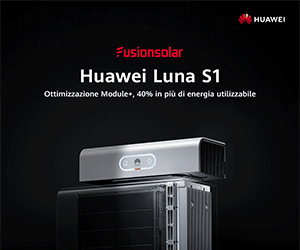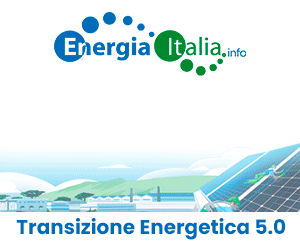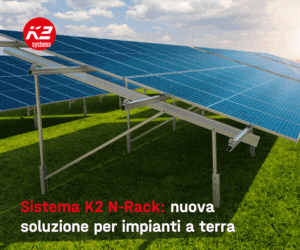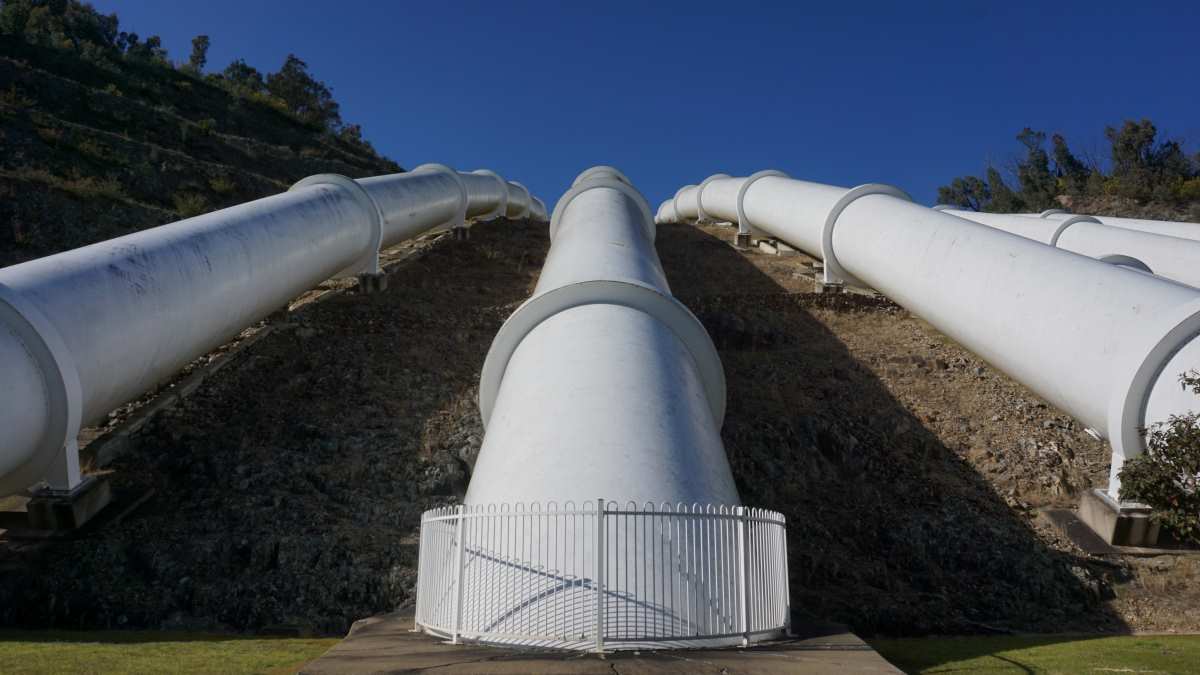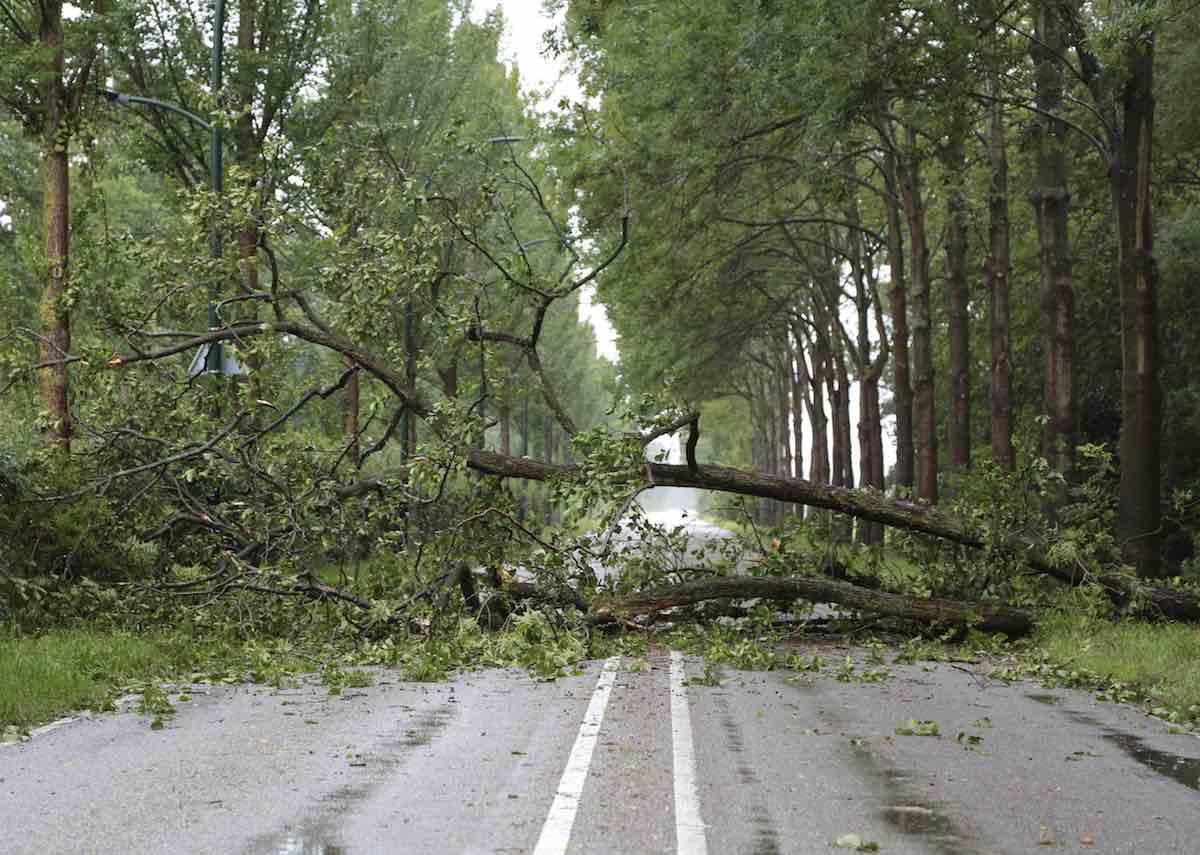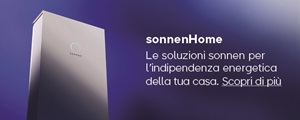The fifth feed-in tariff, the new Italian incentive system for photovoltaic energy, is law. With the publication of the decree (here in pdf) in the Gazzetta Ufficiale, the Italian Official Journal, on 10 July, the decree has come into effect and the new incentives will be applied from the 27 of August, except for systems installed on public administration buildings and areas when the new rules apply after 31 December 2012.
The total annual expenditure ceiling for incentives for new systems, has been increased from the initial €500 million to €700 million. In reality, however, it will be lower: in Italy, according to the decree, the incentives for new photovoltaic systems will stop when the total expenditure has reached 6.7 billion, the 6 billion threshold has been reached on the 12 July, and it is estimated estimates that until the change in the feed-in tariff’s rules on the 27 of August, incentives for €200 – €300 million will already have been paid out: therefore, €6.2 – €6.3 billion will already have been spent of the €6.7 billion total available.
The most important change for the fifth feed-in tariff system, highly criticised by the operators, is that systems above 12 kWp will have to be registered in order to obtain the incentives. A classification system will establish access priority in a context of imposed quotas for the subsidies: a first register will issue €140 million in incentives; when this sum has been exhausted, a second register will distribute €120 million; and there may be other quotaa of €80 million each, until the total expenditure of €6.7 billion is reached.
In the register, priority will be given according to the criteria specified in the decree. Precedence will be given in the following order: systems installed in place of asbestos roofs; systems installed on energetically upgraded buildings; systems installed with components manufactured entirely in EU/EEA member states; systems installed on contaminated sites, owned by the armed forces or exhausted dumps and mines; systems installed with power of no greater than 200 kW serving productive activities; and systems installed in this order: on greenhouses, pergolas, canopies, cantilevered roofs, acoustic barriers.
Registration will not be required and direct access to the subsidy will be possible for the following systems: those between 12 and 20 kWp that accept an incentive 20% lower; those up to 50 kW installed in place of asbestos roofs; integrated photovoltaic systems with innovative features (up to an indicative total cost of €50 million); concentrated systems (always within the €50 million ceiling); and those on public administration’s buildings and land (provided they are constructed subsequent to a public call for tenders and again in this case within an expenditure ceiling of €50 million).
The incentive tariffs are divided into two components: an “all inclusive” tariff valid only for the energy sent to the grid and a premium for self-consumption, valid only for energy consumed on site. The values are lower than expected in view of the previous versions of the decree: for example, a 3 kW plant on a roof which starts operating in the first week of the new regime will have the right to an all inclusive tariff of €208/MWh and a self-consumption premium of €126/MWh.
Systems below 20 kW installed in place of asbestos roofing will have the right to an additional premium on the incentive of €30/MWh for the whole of 2013, €20 for 2014 and €10 from 2015 and beyond. For systems “made in Europe” and those greater than 20 kW replacing asbestos roofing, the premium is €20/MWh for the whole of 2013, €10 for 2014, and €5 from 2015.
For systems with a power greater than 1 MW, the all inclusive tariff for every kilowatt hour sent to the grid will be decreased by the local hourly price of the electricity sent to the grid, but the electricity produced will remain available to the plant manager.



.jpg)

